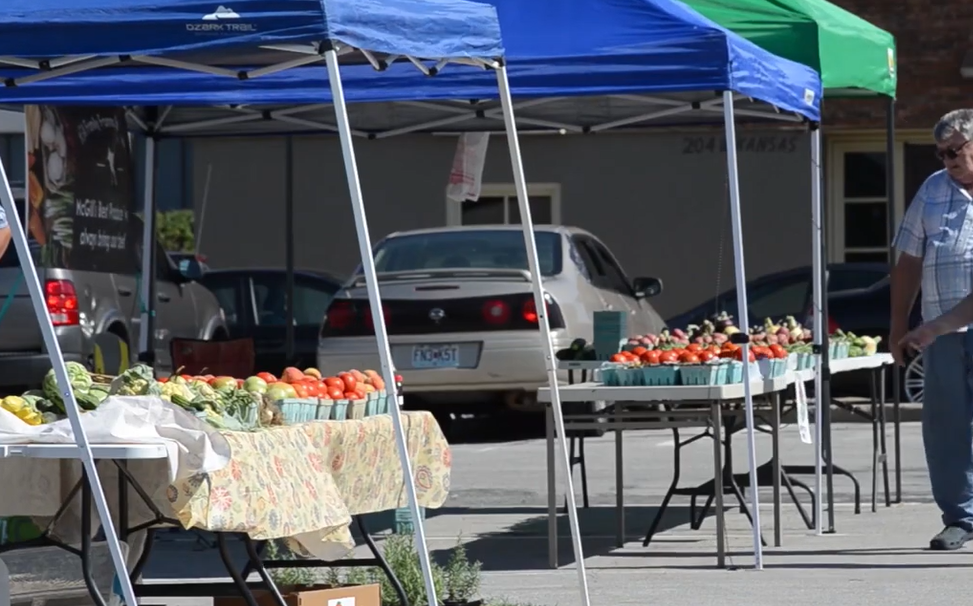When you stroll through Independence, Missouri’s tree-lined streets, you’ll probably notice something very different: your wallet isn’t struggling to make ends meet after a night out or a trip to the grocery store. Independence provides a refreshingly affordable lifestyle that feels especially uncommon in the current economic climate, in contrast to urban centers where rising prices have driven many families to the brink.
The average price of a home in this area is $173,998, which is less than half of the current national median price of $370,489. This disparity is a gateway to opportunity rather than just a statistic. Young professionals, retirees on fixed incomes, and first-time homebuyers are finding that Independence makes homeownership incredibly accessible. When combined with a 60% homeownership rate, it indicates that locals are establishing long-term ties rather than merely moving here and there.
The story is equally encouraging for renters. Even apartments in central locations rarely cost more than $990 per month, while a one-bedroom apartment outside the city center can cost as little as $840. These numbers are especially helpful for artists, single parents, and remote workers who are trying to make ends meet. Depending on location and amenities, families who require additional space can anticipate paying between $1,083 and $2,341 for a three-bedroom rental.
Cost of Living – Independence, Missouri (2025)
| Category | Detail |
|---|---|
| City | Independence, Missouri |
| County | Jackson County |
| Population | ~118,756 (median age: 39.1) |
| Median Household Income | $61,249 |
| Median Home Value | $173,998 (compared to $370,489 nationally) |
| Median Rent | $1,020 |
| Percentage Homeowners | 60% |
| Commute Time | Average: 21.8 minutes |
| Public Transportation Use | 1.1% |
| Living Wage (2025, MIT Data) | $20.87/hour ($43,413/year before taxes) |
| State Minimum Wage (2025) | $13.75/hour (rising to $15/hour in 2026) |
| Living Cost Index | 90.1 (US average = 100) |
| Source Reference | Kansas City Star |

Cheap rent and small mortgages aren’t the only aspects of living in Independence. Daily costs are always within reasonable limits. A typical apartment’s utilities cost about $215 a month, and you won’t have to break the bank on groceries like bread ($3.62), eggs ($3.59), and chicken fillets ($10.52/kg). Prices for even recreational items, such as a cappuccino or a pint of domestic beer, are surprisingly low when compared to coastal cities, at $1.73 and $5, respectively.
Independence excels in the area of gas, which is frequently a financial burden for commuters. Fuel is still affordable at $0.77 per liter, promoting flexible travel choices even in the absence of strong public transportation, which is relied upon by just 1.1% of the population. Most workers avoid the kind of gridlocked chaos that is typical in larger metro areas because the average commute only takes 21.8 minutes.
But there’s a warning worth looking at. To meet basic needs without help, an adult must make $20.87 per hour, or about $43,413 before taxes, according to MIT’s 2025 living wage calculator. This amount contrasts sharply with Missouri’s current minimum wage of $13.75, which is set to rise to $15 in 2026. The disparity widens even more for families: in order to remain financially independent, a single parent with one child would need to earn $37.08 per hour.
There are some positive aspects to the economic outlook despite this disparity. Although not extravagant, Independence’s median household income of $61,249 is comparatively in line with local and housing expenses. This level can be noticeably adequate for childless dual-income families, providing a solid foundation for long-term planning and small indulgences.
Independence’s geographic location is what makes it so promising. Located just east of Kansas City, it benefits from a thriving labor market without having to pay the exorbitant prices associated with it. Jobs in a variety of sectors, including logistics and healthcare, are abundant for people who are prepared to make the short commute.
The demographics of the community also point to a harmonious blending of lifestyles and generations. About 25% of the population is under 20 years old, and another 24% is between 45 and 65. It is perfect for both young families and retirees because of its age distribution, which fosters a lively yet steady environment. It’s interesting to note that more than half of the population is unmarried, which provides a vibrant energy that can be reflected in flexible housing preferences, local entrepreneurship, and the arts.
Independence has been able to stay afloat despite changes in the national economy. Its 6.4% unemployment rate is not particularly high, but it is marginally above average. Major employers, expanding healthcare networks, and modest entrepreneurship opportunities are still available in the area, especially for those who use gig work or digital platforms.
The ability of many small American cities to prosper without pursuing the fast-paced lifestyle of mega-metropolises is what unites them. Independence reflects that feeling very well. Its priorities are affordability, accessibility, and livability rather than becoming a tech capital or cultural center. These attributes are increasingly valued by many more than social scenes or skyscrapers.
The portrayal of small-town America on television and streaming services is becoming more sympathetic and hopeful. The idea that simplicity does not equate to stagnation is becoming more and more popular, whether it is through fictional depictions like “Ozark” or moving documentaries about rural life. Independence is a good fit for this change. It’s a place you build from, not a place you go to hide.
Independence has what it takes to attract people escaping expensive urban areas over the course of the next five to ten years. Americans’ choices about where to live are evolving due to factors like climate change, hybrid work, and the desire for balanced living. In addition to affordability, independence provides peace of mind, which is becoming a more desirable quality in our constantly shifting economy.

